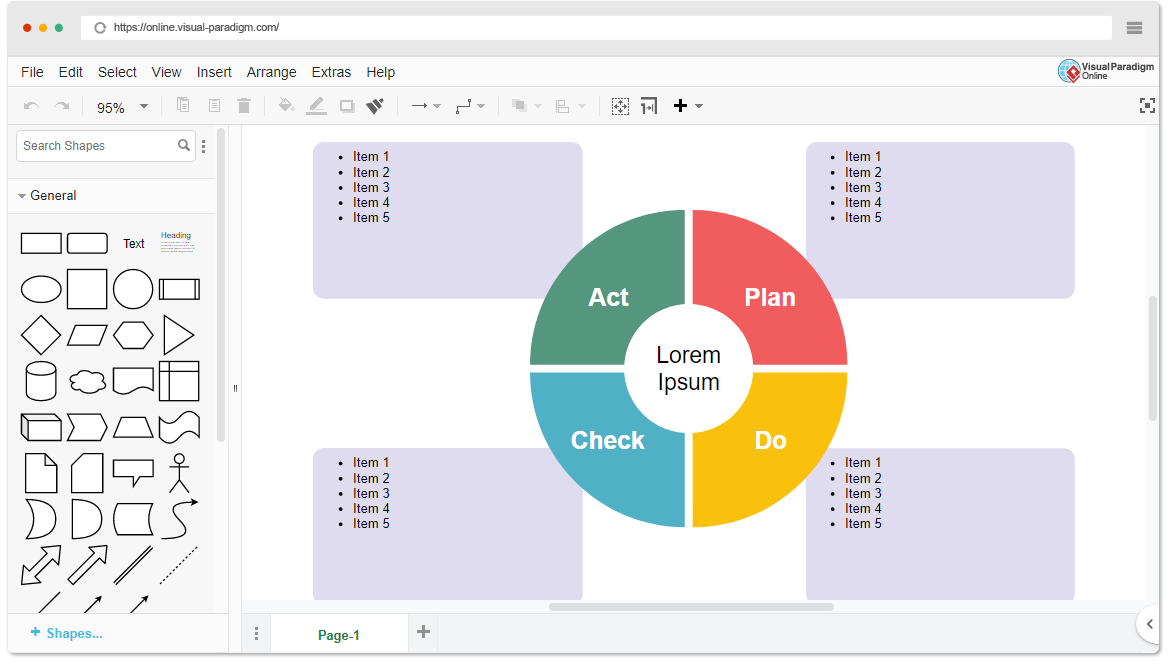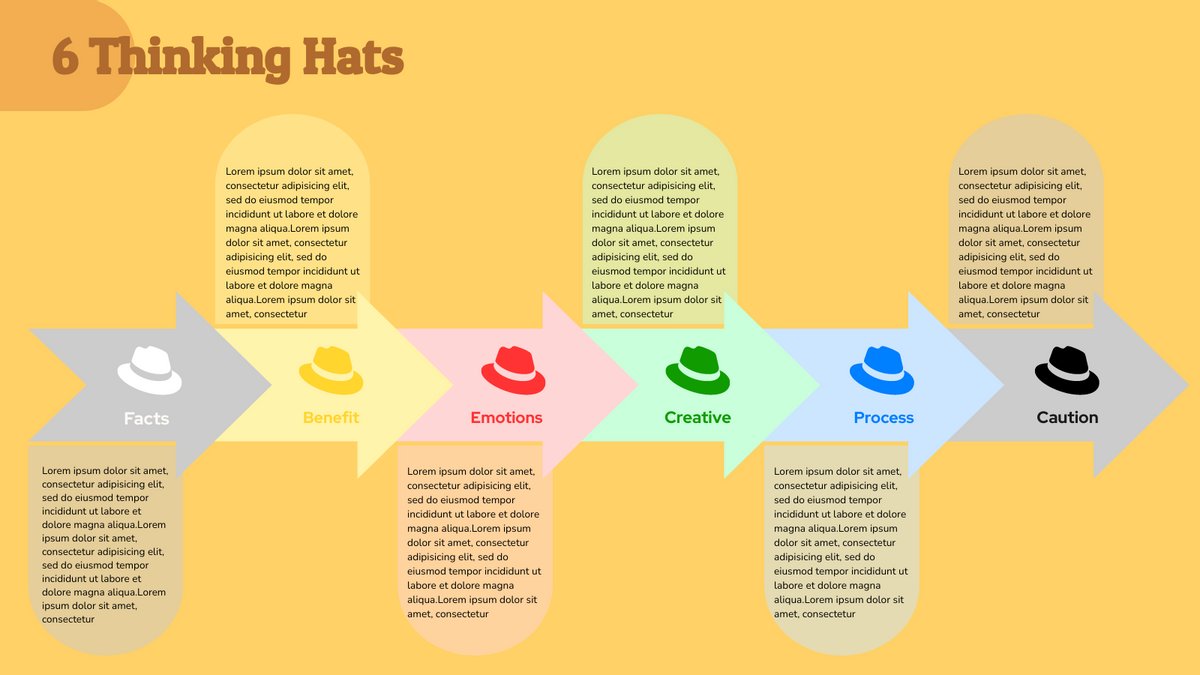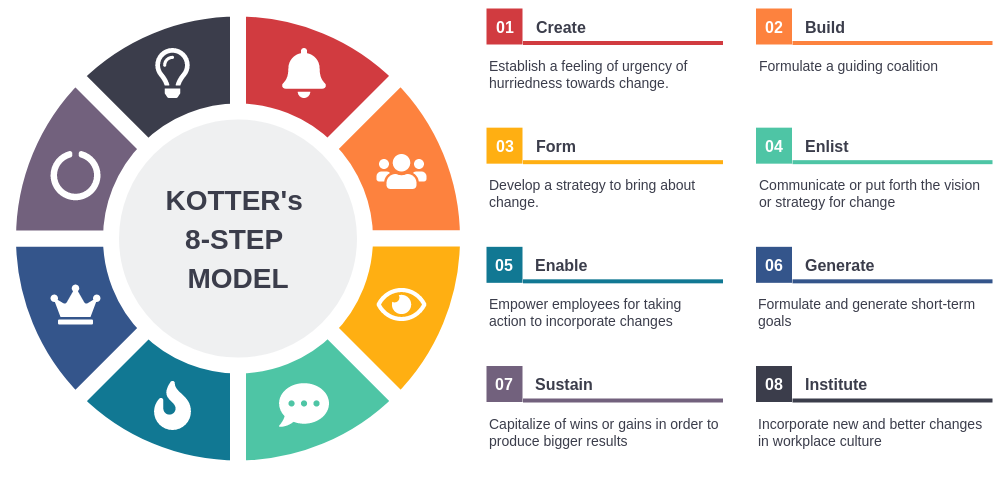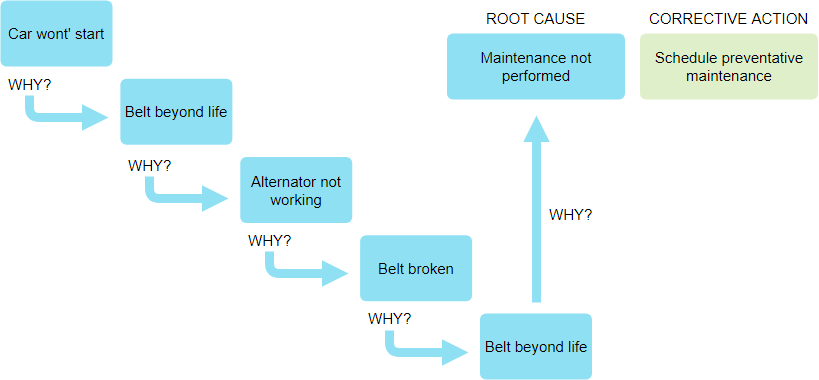PDCA is considered one of the most popular frameworks for continuous improvement of business processes. PDCA (plan do check action), also known as Deming cycle, is the simplest framework for process improvement. Basically, it’s a series of feedback cycles of continuous improvement — you decide how it works, figure out how to improve it, eventually make changes, and keep repeating the cycle. I believe PDCA is the simplest and most effective way to help you improve your workflow.
Continue reading









